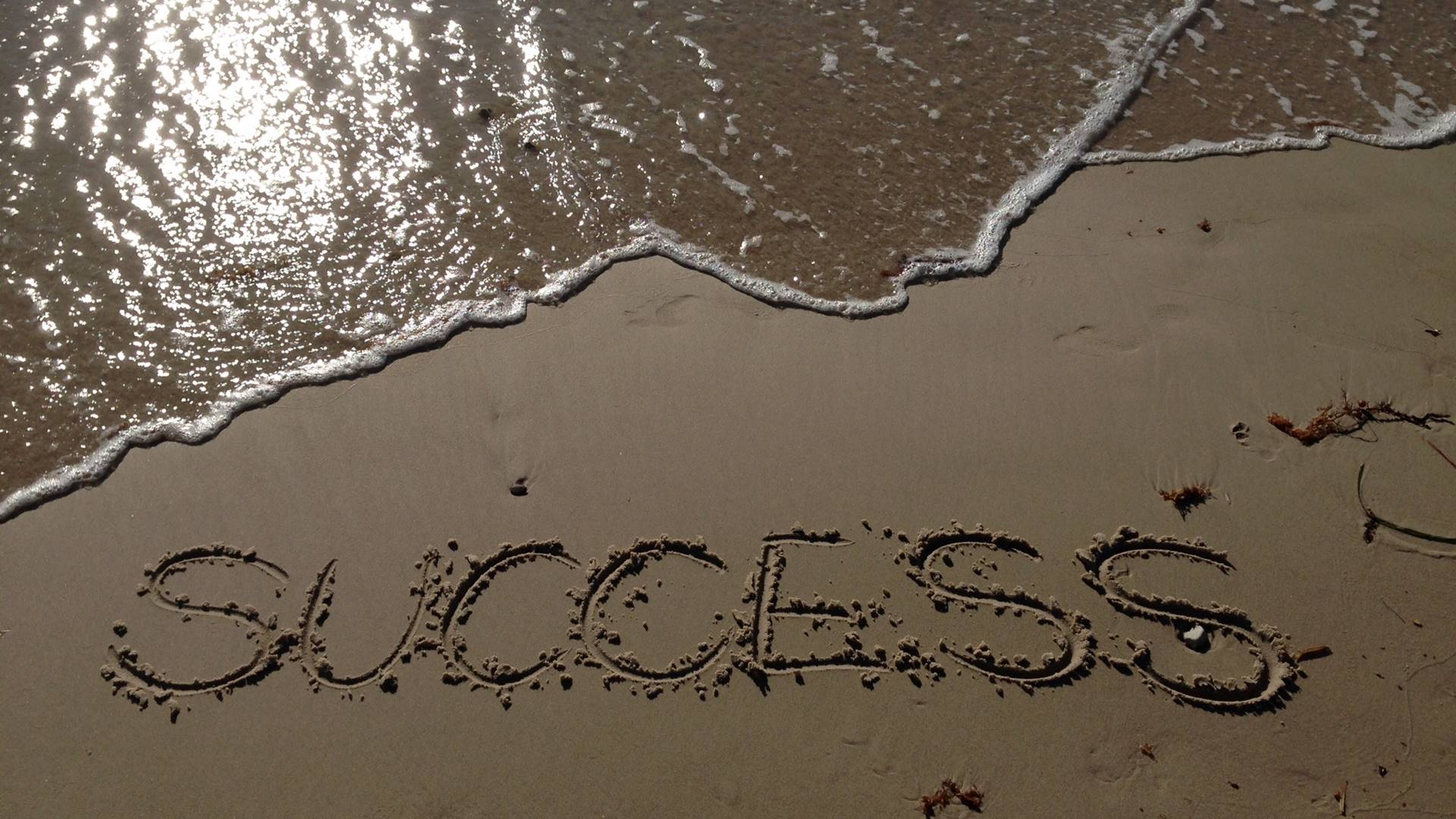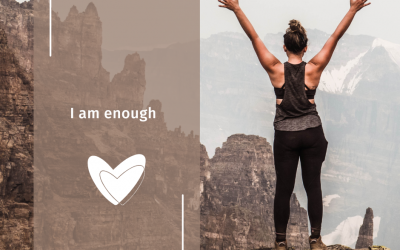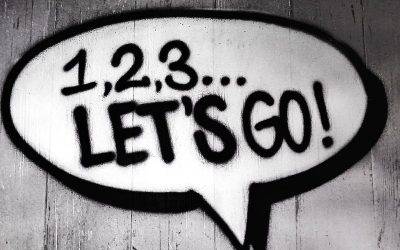MONIKA GRZESIAK-CHMURA / TRAINER
MAJA WĄSAŁA / TRAINER
The trainer while designing a training usually keeps three goals in mind. Firstly, the objectives of the training should be clear and well formulated. Secondly, the methods used should be effective. Third, in addition to the knowledge that the trainer transmits, he should be attentive to the group process. If these three goals are achieved the training is effective and the participants are satisfied.
It is worth trying though to deliver a training that produces long-lasting effects. In other words – it is important to plan the training so that its effects work in the mind of the participants long after the training. The training is not a one-off HALO effect, but an experience that the participants use in everyday life.
The transfer of knowledge and skills possessed during the training into everyday practice is quite difficult. Why? There are several reasons, but the most important are the following:
- the participant does not identify with the training objectives set by the trainer,
- the participant does not build relation with other participants, or builds relations only for here and now,
- the participant does not have space to assimilate the experience possessed during the training,
- the participant cannot see the connection between the content of the training and his or her personal or professional life.
Perhaps there are more causes such as an external must to participate in the training, bad mood or the participant’s own process that makes learning impossible. Upon these circumstances the trainer has no influence, what one can do is to notice them and acknowledge as fact. Other reasons are the trainer’s field to play. Going into practice – we present below a set of exercises that serve the general purpose to develop long-term learning outcomes.

1. TO LOG IN
With the opportunities offered by social media, create Facebook group or a mailing group, invite participants to exchange addresses, encourage them to organize a common trip to the training spot, post technical information about the journey and the training itself.
2. PRE-TASK
Using a Facebook group, you can ask participants to do simple tasks related to the topic of the training. This could be, for example, a 10-minute practice in silence, if it is a silence-related training. It may be a task of collecting some things you will use during your training, for example, a picture from childhood.
Any kind of participant involvement makes the participant focus on the learning process even before the training starts. In addition, if the thing collected is a personal belonging, there is a chance that when returning home after training, the participant will associate that object, present in his or her daily life, with what he or she experienced during the training.
3. CLEAR GOALS – QUO VADIS?
As a trainer, present the training program and its objectives, so that they becomes clear to the participants. As with the principle: If you do not know where you are going, you will probably end up somewhere else, let the participants define where they want to end up. Prepare an exercise that gives the participant the opportunity to set their own goals for the training / workshop. As a result, the participant will identify with the training and its goals and become more aware of his/her individual goals nad prepare his / her individual strategy to achieve them. This exercise will for sure influence motivation and increase engagement in the learning process.
Here are some examples of useful questions / exercises (for discussion in pairs, in small groups, in a training room or in the form of a walk outside):
- What is your learning goal?
- What would you like to achieve?
- What will you gain by reaching your goal?
- What do you need to achieve your goal?
- How can we support you in achieving your goal?
4. MARKET OF VARIETY
This exercise is about setting individual goal for the training and finding an object that symbolizes it. For this exercise prepare a box or bag with various items. These can be old, interesting items such as cigarette cases, watches, caskets, keys, small toys, etc. These may be objects related to the content of the training or the place where the training takes place.
Ask each participant to choose one thing out of the box and answer the following questions:
- What am I here for?
- How does this item symbolize my participation in this training?
- What do I want to learn?
- What is important for me during the training?
- What skills do I want to acquire as a result of attending the training?
It is good if the participants can carry the objects with them during the whole training, so it is important to make sure that these things are small. Better yet, when participants can take these items home with them, after the training. After some time, even a glance at it will bring back the memories from the training and motivation to apply the knowledge/skills gained in the training in everyday life.
5. MY PATTERN
Make the participants more aware of their own learning style, let them experience how they learn most effectively, what or whom they need in the learning process. You can accomplish this by offering an exercise which aims at learning something completely new such as plaiting a bracelet for a hand symbolizing their learning, decorating a scrapbook with decoupage. Let it be something that requires attention, focus, teamwork, or trainer’s support. Learning can be accompanied by watching a movie or reading the manual. Give time to reflect on the answers to your questions:
- What helps me to learn?
- What do I need to learn?
- How can I learn faster and with pleasure?
- What is the uniqueness of my learning style?
This exercise will make the participants more aware of the learning process itself and more attentive to support their individual learning style. This exercise will also bring focus on the fact that they can take responsibility for the effects of the training if they are aware of what they need during the course.
6. JOURNEY LOG
Give the participants space and opportunity for individual reflection on the knowledge and experience gained, self-discoveries and spotting so-called AHA moments. You might find learning journals or learning cards some useful tools. They can take different forms, it is important to encourage participants to make notes every day during the training. Prepare them beforehand and distribute them to the participants, their form may be very different depending on the trainers’s ingenuity. These types of assignments organize the learning content, help to record experiences to which the participant can go back long after the training. They also make the participant more self-aware and attentive to experience gained. This type of assignment enables to draw and record conclusions by describing them.
Learning journals may contain open questions that are a pretext for longer reflections or short questions that refer to specific events or content of the training. Examples of questions:
- What did I learn about myself today?
- What was the most difficult task for me?
- Who inspired me today?
- What idea, decision related to my place of work / study dawned on me today?
- Which of my own beliefs make me unable to make a change?
- Which purpose in my life is reachable / unattainable?
Questions may vary each training day or stay the same. The goal is to assimilate the experience and give the participant space to reflect on the learning process.

7. TO SEE BIG PICTURE
This is an exercise to support transfer of learning outcomes and should be done at the end of the training. It allows the trainees to trace the entire learning process and select the most important moments or breakthroughs. This exercise can take the form of visualization. The trainer arranges a situation in which participants in comfortable positions, with their eyes closed, recall training from the beginning until the end. The trainer draws attention to the most important elements, he refers to emotions, thoughts or metaphors that appeared during the training. Visualization can be accompanied by music played each day during relaxation or visualization exercises.
8. SENTENCES TO FINISH
Transfer can take the form of individual work, for example as a walk in silence, in a specific area where pre-prepared sheets with unfinished sentences are laid out (in baskets, boxes, plates, etc.). The task for the trainee is to choose one of these sentences, complete it and depending on the purpose of the exercise – to share the answer with others or take it away.
Here are some examples of open sentences to reflect on learning:
- The word that symbolizes my learning is …
- The topic of training for me should be …
- My greatest discovery I made during my stay here is …
- In the future in my personal or private life I will use …
9. A STONE OF STRENGHT
This is another transfer exercise, where each trainee picks a stone out of these prepared by the trainer. The task is to write a word on the stone that for the trainee symbolizes learning outcome. Depending on the size of the stone it may also be the whole sentence.
10. A CONVERSATION WITH A FRIEND
In this exercise in pairs, participants share their thoughts and emotions about the training. One of them plays the role of a family member or a friend with whom the participant will share the experiences after the training. After some time the roles change.
If you are organizing workshops where content or specific methods or exercises should be kept secret, it is a very good exercise to separate personal experience from the content of the training.
The aim of this exercise is to organize impressions after the workshop and to structure the workshop / training so that it will be easier to the return to knowledge, skills and impressions after the training.
11. MY HAND – MY ACTION
This is another exercise that supports the process of tranforming learning outcome into daily practice and creating long-term learning outcomes. Each participant draws his/her hand on a piece of paper. On each finger he writes down his ideas how to use the knowledge / skills learned from the training in life. During the moment of sharing the results in the group, trainees can multiply ideas by writing down the proposals they have heard from other participants.
12. A LETTER TO THE MOST IMPORTANT PERSON IN THE WORLD
The participant writes a letter to himself with plans on how to use the knowledge acquired after the training. Letters depending on the trainer’s goal may have a different character:
- A collection of tips for yourself.
- Life guide – how do I really want to live my life?
- A huge little change in my life.
- What can I do to have better, more fulfilling life or life that I want?
It is important to prepare the letter in a double envelope and send it. It can be sent by a trainee or by the training organization. The outer envelope will have the participant’s address on it. The inner one should have a date on it when the letter is to be opened. If the letter contains goals that the participant plans to achieve during the training, the date to open the envelope should match with the date planned to achieve the goal. This will allow the participants to confront the plans made during the training with what has actually accomplished. The letter can also take the form of self-support in achieving goals, referring to strengths and resources discovered during the training.
13. FOLLOW – UP
To increase effectiveness we recommend supporting participants in the learning process after the training. The trainer can create a support group on FB, contact the participants, and prepare tasks after the training to help integrate the acquired knowledge / skills with the daily practice. The trainer can also offer a free webinar that refers to the training goals or content. Any form of building a community created during training, perhaps growing up with participants from subsequent editions, makes the participants return to the content of the training, the situation, the experience of the training. All this makes training work in the participant’s minds even after closing the door of the training room.
This article was produced as a result of the “Competence Improvement Program”, implemented by the Innovation Development Foundation.
Project is co-financed by the European Union Erasmus + (Action 1 Educational Mobility, Mobility of Adult Education Staff, Agreement number 2016-1-PL01-KA104-025815).
This project has been funded with support from the European Commission. This publication reflects the views only of the author, and the Commission cannot be held responsible for any use which may be made of the information contained therein.
License CC BY-SA
BLOG Development Support Foundation Innovator is licensed under a Creative Commons Attribution-ShareAlike 4.0 License We kindly ask you to quote the author of the entry explicitly and the source: "The text is from the blog of the Development Support Foundation Innovator and is located at [link to the relevant entry] Author of the text: [name surname]".
The CC-BY-SA license is excluded from the logo of the Foundation, to which all rights are reserved.



